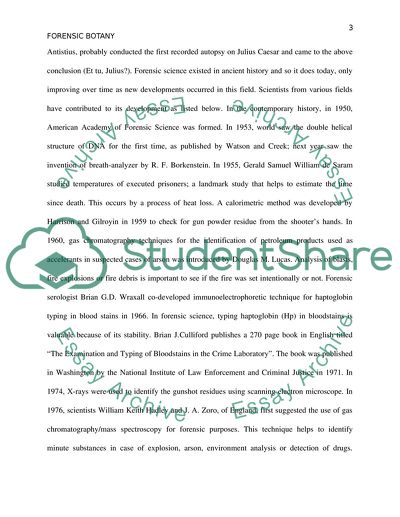Cite this document
(“The Importance of Forensic Botany and How it Relates to Forensic Research Paper”, n.d.)
The Importance of Forensic Botany and How it Relates to Forensic Research Paper. Retrieved from https://studentshare.org/systems-science/1771419-for-the-importance-of-forensic-botany-and-how-it-relates-to-forensic-science
The Importance of Forensic Botany and How it Relates to Forensic Research Paper. Retrieved from https://studentshare.org/systems-science/1771419-for-the-importance-of-forensic-botany-and-how-it-relates-to-forensic-science
(The Importance of Forensic Botany and How It Relates to Forensic Research Paper)
The Importance of Forensic Botany and How It Relates to Forensic Research Paper. https://studentshare.org/systems-science/1771419-for-the-importance-of-forensic-botany-and-how-it-relates-to-forensic-science.
The Importance of Forensic Botany and How It Relates to Forensic Research Paper. https://studentshare.org/systems-science/1771419-for-the-importance-of-forensic-botany-and-how-it-relates-to-forensic-science.
“The Importance of Forensic Botany and How It Relates to Forensic Research Paper”, n.d. https://studentshare.org/systems-science/1771419-for-the-importance-of-forensic-botany-and-how-it-relates-to-forensic-science.


